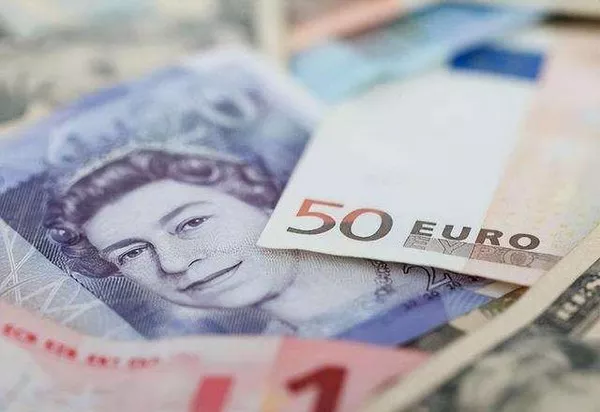The pound symbol, also known as the pound sign or hash symbol, is a commonly used symbol in modern communication. It is represented by the symbol “#” and can be found on computer keyboards, mobile phones, and other devices. In this article, we will explore the history of the pound symbol, its appearance across various platforms, and its different uses in different contexts.
The History of the Pound Symbol
The origins of the pound symbol are somewhat unclear, but it is believed to have originated in medieval Europe. The symbol was used as an abbreviation for the Latin word “libra,” which meant “pound.” In this context, the pound referred to the weight of precious metals used in commerce.
In the 18th century, the pound symbol began to be used as a shorthand notation for pounds sterling, the currency of the United Kingdom. This usage eventually spread to other countries that adopted the pound currency system, including Australia and New Zealand.
Appearance of the Pound Symbol
The most common representation of the pound symbol is the “#” symbol, which is typically found on computer keyboards and mobile phones. However, the symbol has taken on many different appearances over time, depending on the medium in which it is used.
For example, in musical notation, the pound symbol is used to indicate a sharp note. In this context, the symbol is represented by the ♯ character. Similarly, in mathematics, the pound symbol is used to represent a number divisible by twelve. In this context, the symbol is represented by the £ character.
On social media platforms such as Twitter and Instagram, the pound symbol is often used as a hashtag. A hashtag is a keyword or phrase preceded by the pound symbol, which allows users to categorize their posts and make them more discoverable by others. For example, a user might include the hashtag #tbt (short for “Throwback Thursday”) in a post featuring a nostalgic photo from their past.
Uses of the Pound Symbol
As mentioned earlier, the pound symbol is primarily used to represent the pound currency in the United Kingdom and other countries that use the pound system. The symbol is often included before or after the numerical value of the currency, such as £10 or 10£. It is also used in combination with other symbols, such as the dollar sign ($), to indicate exchange rates between different currencies.
In addition to its use as a currency symbol, the pound symbol has taken on many other meanings in various contexts. For example, in the world of music, the symbol is used to indicate a sharp note. In telecommunications, the symbol is used to denote the “pound” key on a telephone keypad. In computer programming, the symbol is used to indicate an anchor point in HTML code.
Conclusion
The pound symbol is a versatile and widely recognized symbol that has been used for centuries. Its origins can be traced back to medieval Europe, where it was used as an abbreviation for the Latin word “libra.” Over time, the symbol has taken on many different appearances and meanings, depending on the context in which it is used. Whether it is being used to represent a currency, a musical note, or a telecommunications key, the pound symbol continues to be an important part of modern communication.


